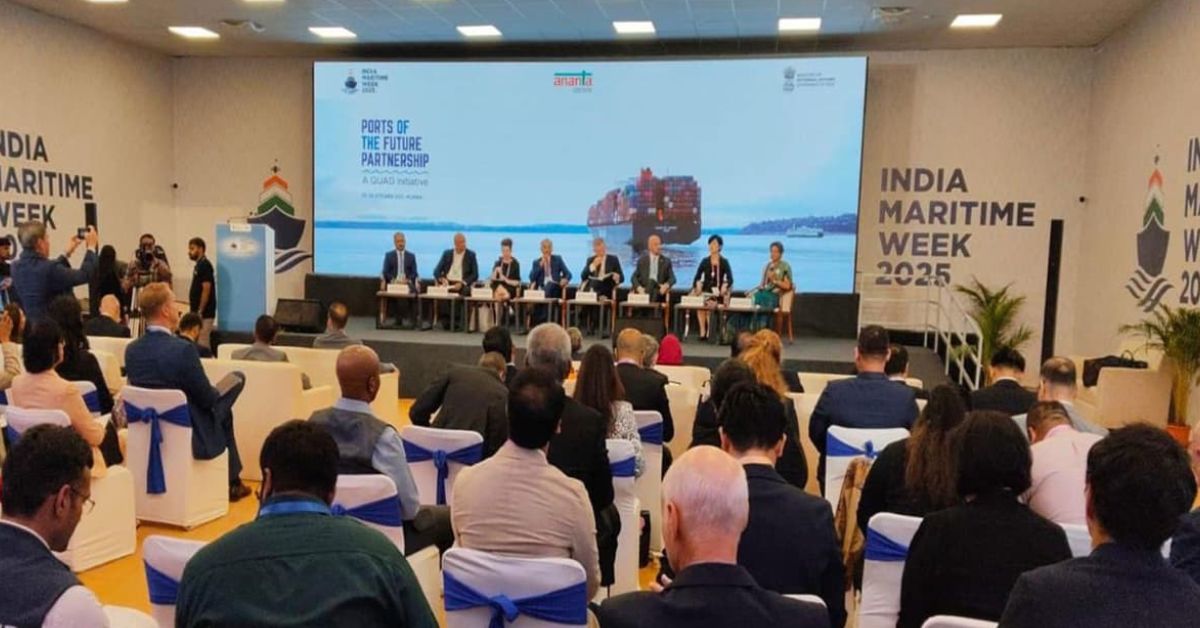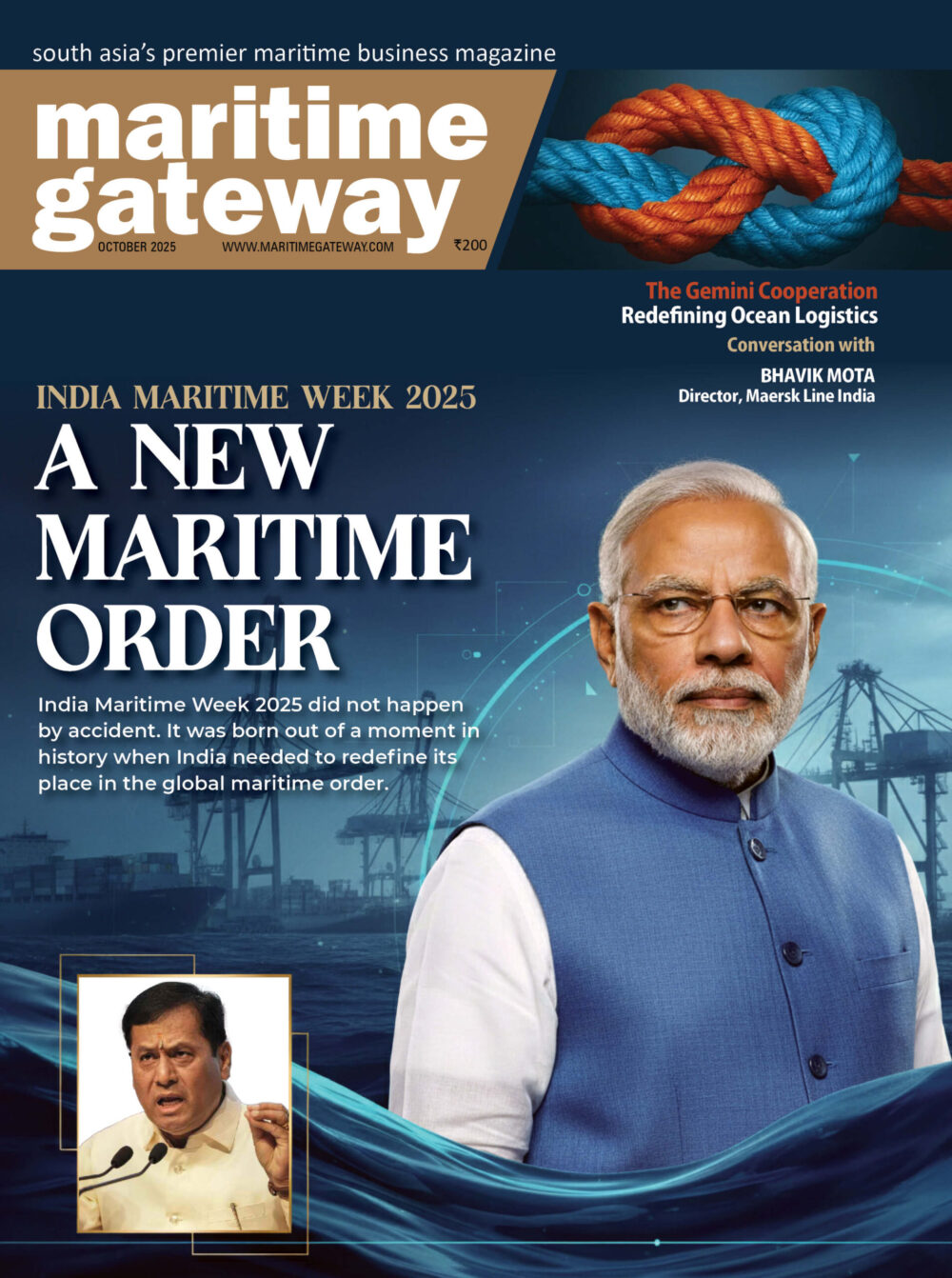India hosted the first-ever Quad Ports of the Future Conference in Mumbai, Maharashtra, bringing together 120 delegates from 24 Indo-Pacific nations to deliberate on building resilient, secure, and future-ready ports across the region.
The event, organised under the Quad framework — comprising India, the United States, Japan, and Australia — marked a significant milestone in strengthening maritime cooperation and sustainable port development in the Indo-Pacific.
According to Ministry of External Affairs (MEA) spokesperson Randhir Jaiswal, discussions focused on advancing a shared Quad vision for the maritime domain. “The thematic panels explored collaboration on infrastructure, financing, regulatory frameworks, workforce development, technology, digital ecosystems, cybersecurity, and sustainability,” Jaiswal said in a post on X.
PM Modi Invites Global Investors to India’s Maritime Growth Story
Sharing his thoughts on India’s expanding maritime strength, Prime Minister Narendra Modi said India’s coastline, strategic geography, and robust port infrastructure position it as a natural investment destination for the global maritime community.
“We have a long coastline, strategic trade routes, world-class ports, and a bold vision for Blue Economy growth. With innovation, infrastructure, and intent — powered by our youth — India offers the perfect harbour for global investors. Come aboard!” he wrote in a post on LinkedIn.
The Prime Minister, who attended the India Maritime Week 2025 in Mumbai earlier this week, said his interactions with global CEOs and maritime leaders reflected strong optimism about India’s port-led development model. He noted that Mumbai, with its rich maritime legacy and modern infrastructure, continues to serve as a gateway to India’s global trade ambitions.
“Mumbai has deep historical ties with India’s maritime sector — from the naval brilliance of Chhatrapati Shivaji Maharaj to today’s world-class port infrastructure. The enthusiasm I witnessed among stakeholders reaffirmed confidence in India’s maritime potential,” Modi said.
Building on India’s Maritime Legacy
PM Modi highlighted India’s proud maritime traditions, tracing them to the Chola and Maratha dynasties, whose naval strength and trade networks shaped regional prosperity. “Our ancestors showed how the oceans could become bridges of opportunity and engines of progress,” he wrote.
Expanding Shipping and Seafaring Capabilities
India’s maritime sector, Modi said, is undergoing rapid transformation. The country’s seafaring workforce has surged from 1.25 lakh to over 3 lakh, making up 12% of the global total, placing India among the top three suppliers of trained seafarers worldwide.
Similarly, India’s shipping capacity has grown steadily — Indian-flagged vessels increased from 1,205 to 1,549, while fleet gross tonnage expanded from 10 MGT to 13.52 MGT. Coastal cargo volumes nearly doubled, rising from 87 million tonnes to 165 million tonnes, and inland waterway traffic grew by 710%, from 18 MMT in 2014 to 146 MMT in 2025. The number of operational waterways jumped from 3 to 32, while ferry and Ro-Pax services carried 7.5 crore passengers in FY 2024–25.
Ports Driving Sustainability and Innovation
The Prime Minister underscored the government’s focus on innovation and green infrastructure in the maritime sector. “Vizhinjam Port has emerged as India’s first deep-water transshipment hub; Kandla Port is home to the nation’s first green hydrogen facility; and JNPT has doubled its capacity, attracting the largest FDI in India’s port history,” he noted.
The inaugural Quad Ports of the Future Conference reaffirmed India’s leadership role in shaping a sustainable, digitally advanced, and strategically secure maritime ecosystem, aligned with the Maritime Amrit Kaal Vision 2047 — a roadmap to make India a global maritime hub of the future.









